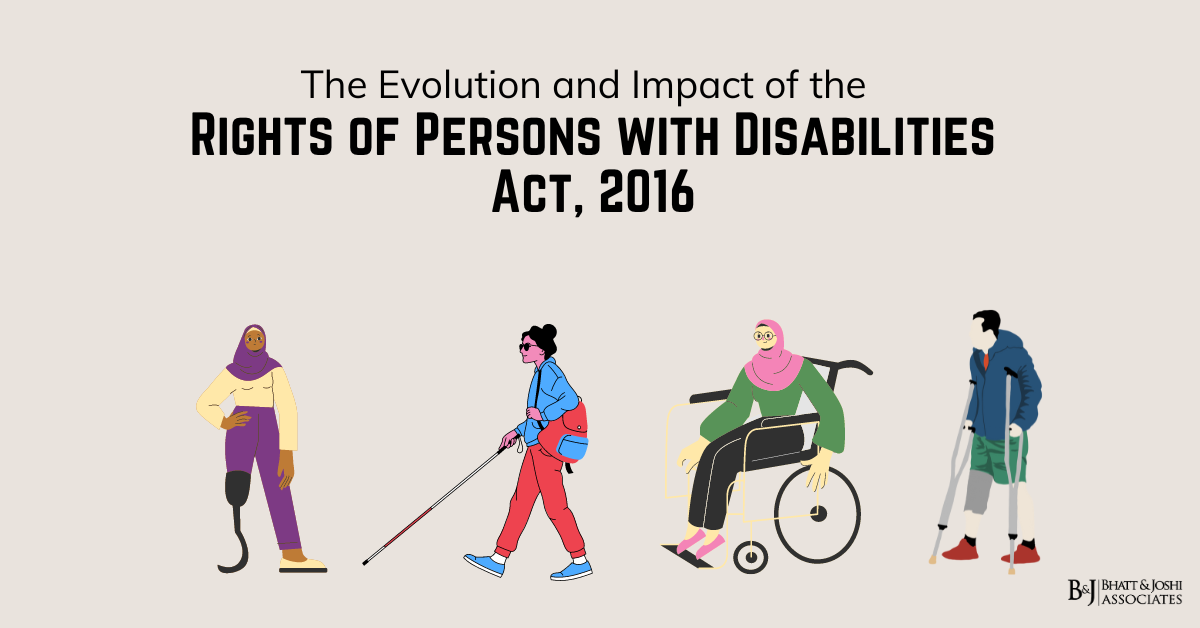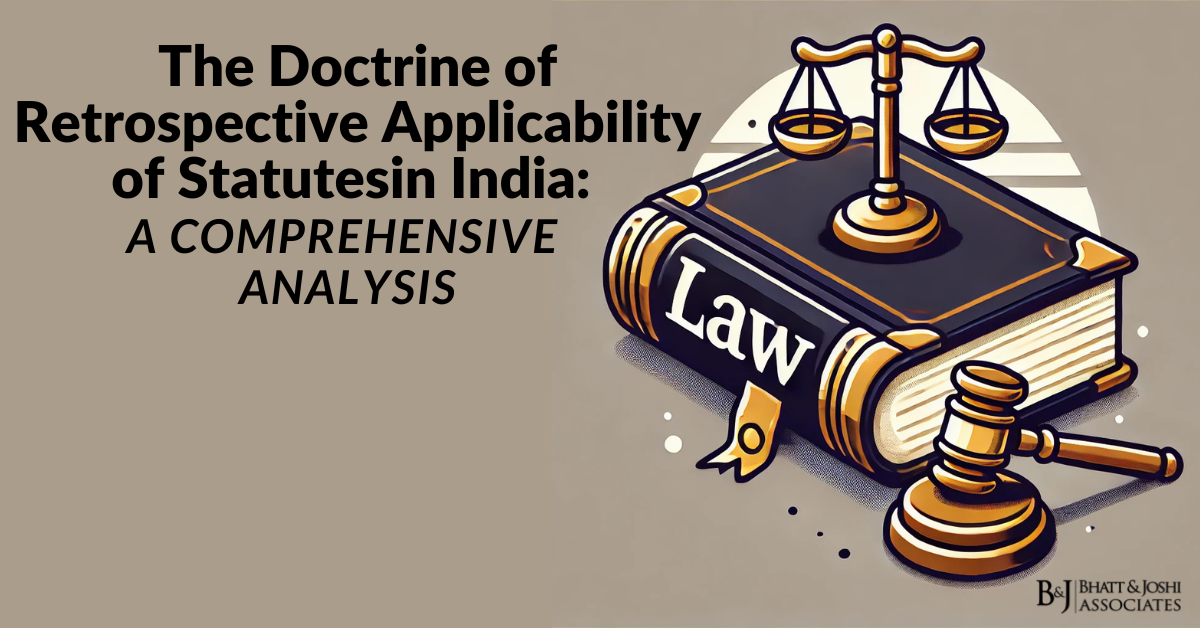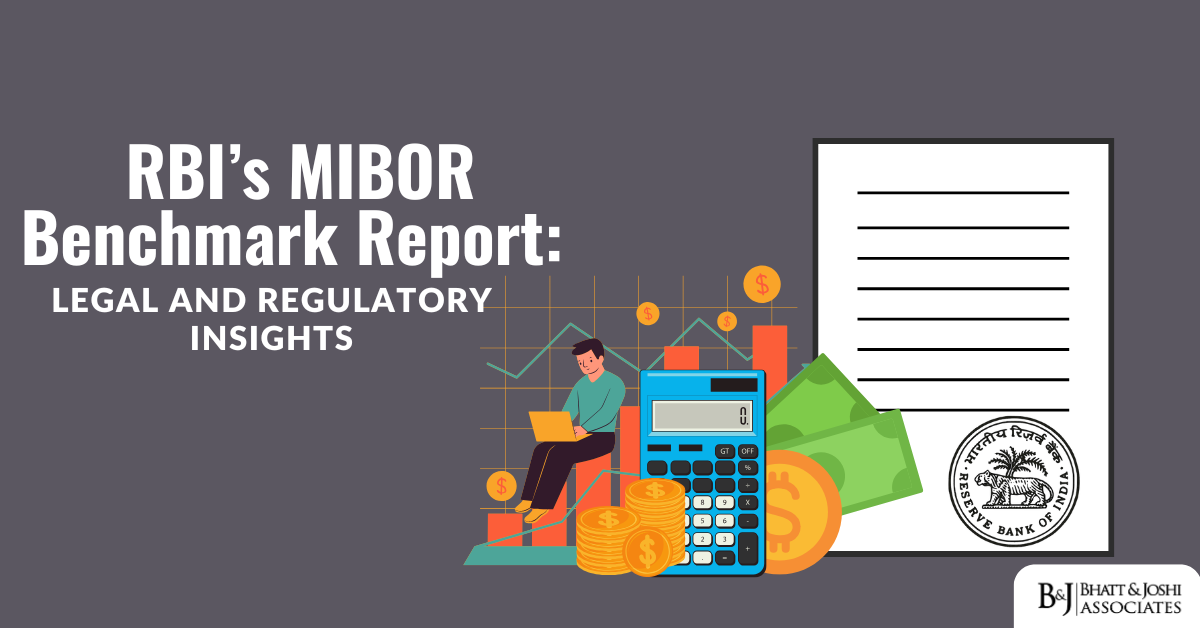
Introduction
The Rights of Persons with Disabilities Act, 2016 (RPwD Act) marks a significant milestone in the legal landscape of India concerning the rights and entitlements of persons with disabilities. Enacted as a replacement for the Persons with Disabilities (Equal Opportunities, Protection of Rights and Full Participation) Act, 1995, the RPwD Act aligns Indian law with the United Nations Convention on the Rights of Persons with Disabilities (UNCRPD), which India ratified in 2007. This legislation represents a progressive step towards ensuring equality, dignity, and the full participation of persons with disabilities in society.
Historical Context and Background of the Rights of Persons with Disabilities Act
The journey toward the The Rights of Persons with Disabilities Act, 2016 Act began long before its enactment. The first significant attempt to recognize the rights of persons with disabilities in India came with the Persons with Disabilities Act, 1995. Although groundbreaking at the time, the 1995 Act was limited in scope and effectiveness. It primarily focused on non-discrimination in employment, education, and accessibility, but it fell short of addressing the broader spectrum of rights and needs of persons with disabilities. The adoption of the UNCRPD in 2006 was a turning point globally. It shifted the discourse from viewing disability as a medical condition to recognizing it as a human rights issue. The Convention emphasized the need for laws that guarantee the rights of persons with disabilities to live independently, make their own choices, and be active members of society. India’s ratification of the UNCRPD necessitated a comprehensive overhaul of its disability laws, leading to the formulation of the RPwD Act, 2016.
Key Provisions and Principles of the Rights of Persons with Disabilities Act, 2016
The RPwD Act is built on several core principles that reflect the spirit of the UNCRPD, including respect for inherent dignity, individual autonomy, non-discrimination, full and effective participation in society, respect for difference, equality of opportunity, accessibility, and gender equality. The Act introduces a broader definition of disability, recognizing 21 different types of disabilities, as opposed to the seven covered under the 1995 Act. This inclusive definition now encompasses conditions such as autism spectrum disorder, cerebral palsy, muscular dystrophy, and specific learning disabilities, among others. The RPwD Act also enshrines various rights and entitlements for persons with disabilities. These include the right to equality and non-discrimination, the right to live in the community, protection against abuse and exploitation, and access to justice. The Act mandates that all public and private establishments must ensure that persons with disabilities have access to the same services, facilities, and opportunities as others. This includes the right to education, employment, and participation in cultural and recreational activities. One of the most significant provisions of the Act is the reservation of seats for persons with disabilities in education and employment. The Act mandates a 4% reservation in government jobs and a 5% reservation in educational institutions for persons with disabilities. This is a substantial increase from the 3% reservation provided under the 1995 Act and reflects the government’s commitment to promoting the inclusion of persons with disabilities in the mainstream.
Accessibility and Inclusion: Breaking Down Barriers
Accessibility is a central theme of the RPwD Act. The Act recognizes that without access to physical, informational, and communication environments, persons with disabilities cannot fully exercise their rights. The Act mandates that all public buildings, transport systems, and services must be made accessible to persons with disabilities. This includes the provision of ramps, lifts, tactile flooring, and other aids in buildings, as well as accessible information and communication technology. The Act also emphasizes the importance of inclusive education. It requires educational institutions to provide reasonable accommodation and support to students with disabilities, ensuring that they can participate fully in the educational process. This includes the provision of accessible textbooks, assistive devices, and trained personnel. The Act prohibits discrimination on the basis of disability in admission to educational institutions and ensures that students with disabilities have access to the same curriculum and opportunities as others. In the realm of employment, the RPwD Act requires employers to provide reasonable accommodation to employees with disabilities and prohibits discrimination in any aspect of employment. This includes recruitment, promotions, and training opportunities. The Act also mandates that employers create an inclusive work environment by providing necessary support and facilities to employees with disabilities.
Legal Safeguards and Enforcement Mechanisms
The RPwD Act provides several legal safeguards to protect the rights of persons with disabilities. It establishes the office of the Chief Commissioner for Persons with Disabilities at the central level and State Commissioners for Persons with Disabilities at the state level. These authorities are responsible for monitoring the implementation of the Act and addressing complaints related to the violation of the rights of persons with disabilities. The Act also provides for the establishment of special courts in each district to expedite the trial of cases involving persons with disabilities. The Act prescribes penalties for offenses against persons with disabilities, including imprisonment and fines. For instance, discrimination against persons with disabilities in employment or education, or the denial of access to any service or facility, can result in imprisonment for up to two years and a fine of up to five lakh rupees. The Act also provides for the protection of persons with disabilities from abuse, violence, and exploitation, and mandates that any such incidents must be reported to the authorities.
Challenges in the Implementation of the Rights of Persons with Disabilities Act
While the RPwD Act is a progressive piece of legislation, its implementation has faced several challenges. One of the primary challenges is the lack of awareness about the provisions of the Act among both the general public and persons with disabilities themselves. This lack of awareness often leads to the continued violation of the rights of persons with disabilities and hinders their full participation in society. Another significant challenge is the lack of resources and infrastructure to implement the provisions of the Act effectively. For instance, many public buildings, transport systems, and educational institutions remain inaccessible to persons with disabilities, despite the mandates of the Act. The shortage of trained personnel, such as special educators and sign language interpreters, also poses a barrier to the inclusion of persons with disabilities in education and employment. Furthermore, the enforcement of the Act’s provisions remains weak in many parts of the country. The office of the Chief Commissioner and State Commissioners for Persons with Disabilities is often understaffed and underfunded, limiting their ability to monitor the implementation of the Act and address complaints effectively. The establishment of special courts for persons with disabilities has also been slow, leading to delays in the resolution of cases.
The Role of Civil Society and Advocacy Groups
Civil society organizations and advocacy groups have played a crucial role in the development and implementation of the RPwD Act. These groups have been instrumental in raising awareness about the rights of persons with disabilities and advocating for the inclusion of disability-related issues in the public agenda. They have also provided support and assistance to persons with disabilities in accessing their rights and entitlements under the Act. Many advocacy groups have been involved in training and capacity-building initiatives aimed at empowering persons with disabilities to advocate for their rights. These initiatives have helped to build a strong network of disability rights activists across the country, who are working to hold the government accountable for the implementation of the RPwD Act. Civil society organizations have also played a key role in monitoring the implementation of the Act and documenting instances of rights violations. Their efforts have been crucial in bringing attention to the gaps in the implementation of the Act and advocating for necessary reforms.
International Comparisons and Best Practices
The RPwD Act, while comprehensive, can benefit from lessons learned in other countries that have implemented similar legislation. For instance, the Americans with Disabilities Act (ADA) in the United States has been in place since 1990 and offers valuable insights into the enforcement of disability rights. The ADA’s strong emphasis on accessibility, along with its rigorous enforcement mechanisms, has made it a benchmark for disability rights legislation worldwide. In countries like Sweden and Norway, the approach to disability rights has been integrated into broader social welfare policies, emphasizing the provision of support services that enable persons with disabilities to live independently. These countries have developed robust systems for personal assistance and community-based services, which can serve as models for improving the support provided under the RPwD Act. Japan’s Basic Act for Persons with Disabilities is another example of comprehensive legislation that includes provisions for the active participation of persons with disabilities in policy-making processes. This participatory approach ensures that the needs and perspectives of persons with disabilities are considered in the development of laws and policies, a practice that could enhance the implementation of the RPwD Act.
Future Directions and Recommendations
For the RPwD Act to achieve its full potential, several steps must be taken to address the challenges in its implementation. First and foremost, there is a need for greater awareness and education about the Act among all stakeholders, including persons with disabilities, government officials, employers, and the general public. Awareness campaigns, training programs, and educational initiatives can play a vital role in ensuring that the rights enshrined in the Act are widely recognized and respected. Secondly, there is a need to strengthen the infrastructure and resources available for the implementation of the Act. This includes making public spaces, transport systems, and educational institutions fully accessible, as well as increasing the availability of assistive devices and technologies. The government should also invest in the training of personnel, such as special educators, sign language interpreters, and rehabilitation professionals, to ensure that persons with disabilities receive the support they need.
The enforcement mechanisms under the Act also need to be strengthened. The office of the Chief Commissioner and State Commissioners for Persons with Disabilities should be adequately staffed and funded to enable them to carry out their duties effectively. The establishment of special courts for persons with disabilities should be expedited, and these courts should be equipped with the necessary resources to handle cases promptly. Another critical area for improvement is the collection and dissemination of data on persons with disabilities. Reliable data is essential for understanding the needs of persons with disabilities and for monitoring the implementation of the Act. The government should invest in the development of a comprehensive database on persons with disabilities, which can be used to inform policy decisions and track progress in the implementation of the Act. Finally, there is a need for greater involvement of persons with disabilities in the policy-making process. The principle of “nothing about us without us” should be central to the implementation of the RPwD Act. Persons with disabilities should be actively involved in the development of laws, policies, and programs that affect them, ensuring that their voices are heard and their needs are addressed.
Conclusion
The Rights of Persons with Disabilities Act, 2016, is a landmark piece of legislation that has the potential to transform the lives of millions of persons with disabilities in India. It represents a shift towards a rights-based approach to disability, recognizing the inherent dignity and autonomy of persons with disabilities and their right to participate fully in society.However, the success of the Act depends on its effective implementation. This requires a concerted effort from all stakeholders, including the government, civil society, the private sector, and persons with disabilities themselves. By addressing the challenges in implementation and building on the strengths of the Act, India can move closer to realizing the vision of an inclusive society where persons with disabilities can live with dignity and equality. The RPwD Act is not just a legal document; it is a promise to the millions of persons with disabilities in India that their rights will be respected, their voices will be heard, and their potential will be realized. As the country moves forward, it is essential to ensure that this promise is fulfilled, and that persons with disabilities are empowered to live the lives they choose, free from discrimination and barriers.













